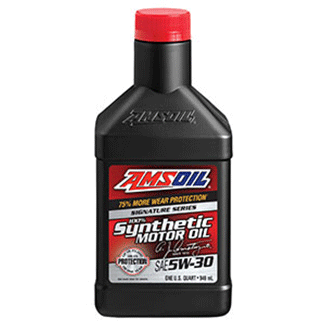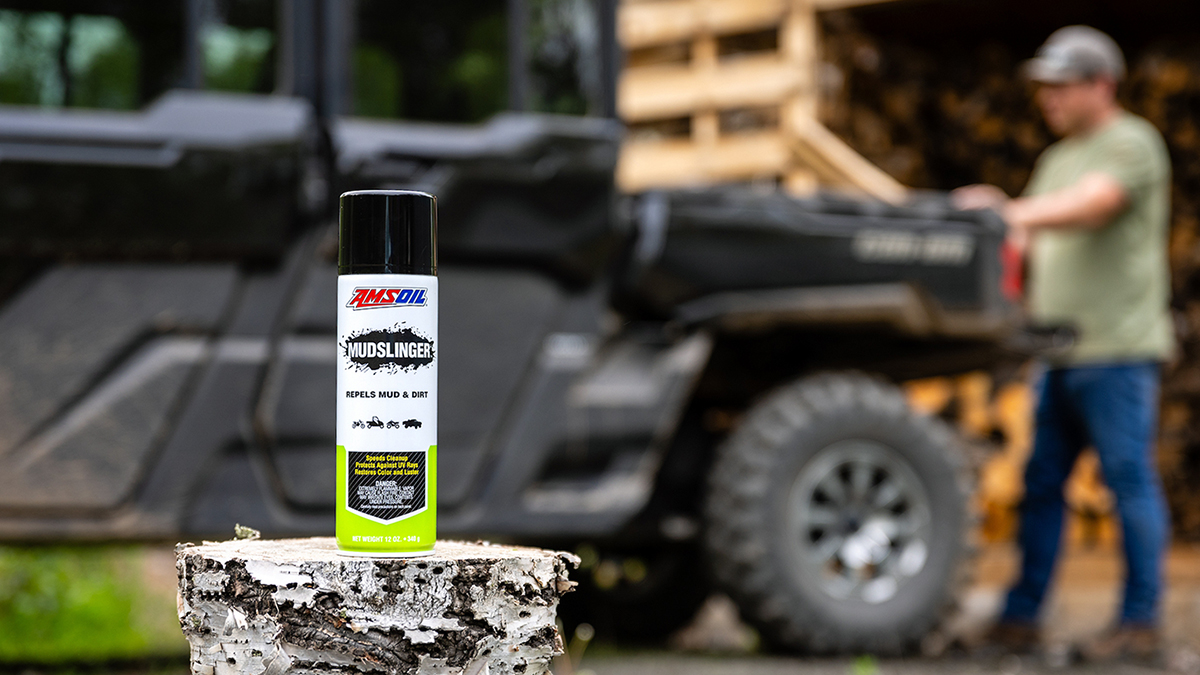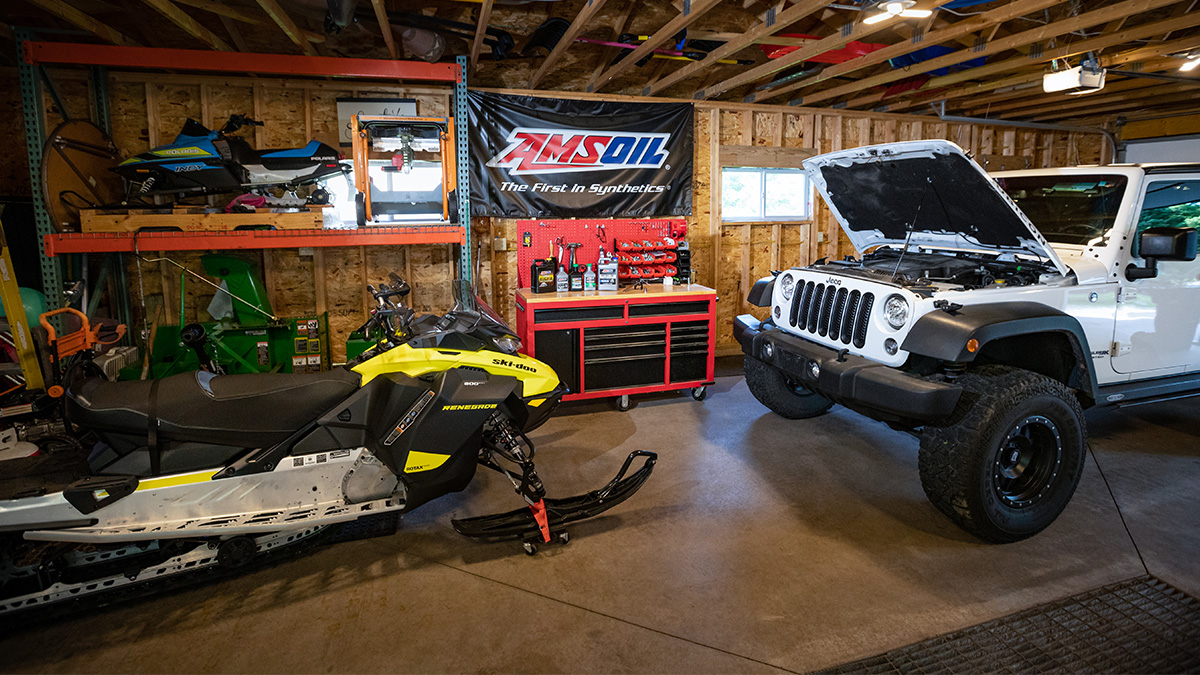Traditions can be great. Monaco GP in the spring. Baja 1000 in the fall. And oil changes in spring and fall. Right…? Not necessarily. Spring and fall constitute “oil-change season” for many, but that schedule is more tradition than maintenance imperative.
Today, motorists usually change their motor oil in the spring and/or fall out of tradition and a desire to take care of their engine. But that’s not how it started – spring and fall oil changes began as a smart workaround to the limitations of conventional motor oil.
Spring & Fall Oil Change History
At one time, spring and fall oil changes were a good idea for engine upkeep. Motor oil was classified under a single-grade designation (SAE 10, 20, 30, 40 or 50) based on its viscosity, or flow rate, at 212°F (100°C).
However, monograde oils struggled to provide the low-temperature protection needed for winter.
To work around that, people changed oil to adjust the viscosity for the season. A thicker, higher-viscosity oil was used in the summer and a thinner, lower-viscosity oil was used in the winter.
Startup Performance
However, cold-weather performance was still difficult to predict, even with lower-viscosity oils. That’s because motor oil formulated from different crude-oil sources varied in viscosity at cold temperatures.
For example, when the temperature dropped below freezing, an SAE 20 sourced on the Gulf Coast was thicker than an SAE 20 refined from Pennsylvania crude. For that reason, the designation didn’t accurately predict its startup performance.
Winter-Grade Oil
In 1952, the industry standard was updated to include a winter-grade designation denoted by a “W” that told motorists how the oil would perform at 0°F (-18°C).
This is no longer how the W-rating is calculated. For the past several decades, the SAE J300 has used the Cold Crank Simulator test measured in centipoise (cP) at temps between -10°C and -35°C (14° to -31°F).
Soon after, multi-grade oils entered the market and provided the best of both worlds – good protection at startup and operating temps. A 5W-30 oil, for example, can flow easily at startup, like 5W oil, and remain stable at 212°F (100°C), like an SAE 30 oil. Today, multi-grade oils, such as 5W-30, can protect engines in a wide range of temperatures – from cold winter starts to desert mountain climbs.
Spring & Fall Oil Change Tradition
Spring and fall oil-change seasons are a tradition that lives on. If you love to slide under your car on a warm spring day and again when the leaves starting turning color, excellent; we know the appeal of working on your vehicle on a perfect Saturday afternoon.
But, in truth, improvements in motor-oil technology have opened the door to change motor oil anytime of the year without any loss of performance or protection.







